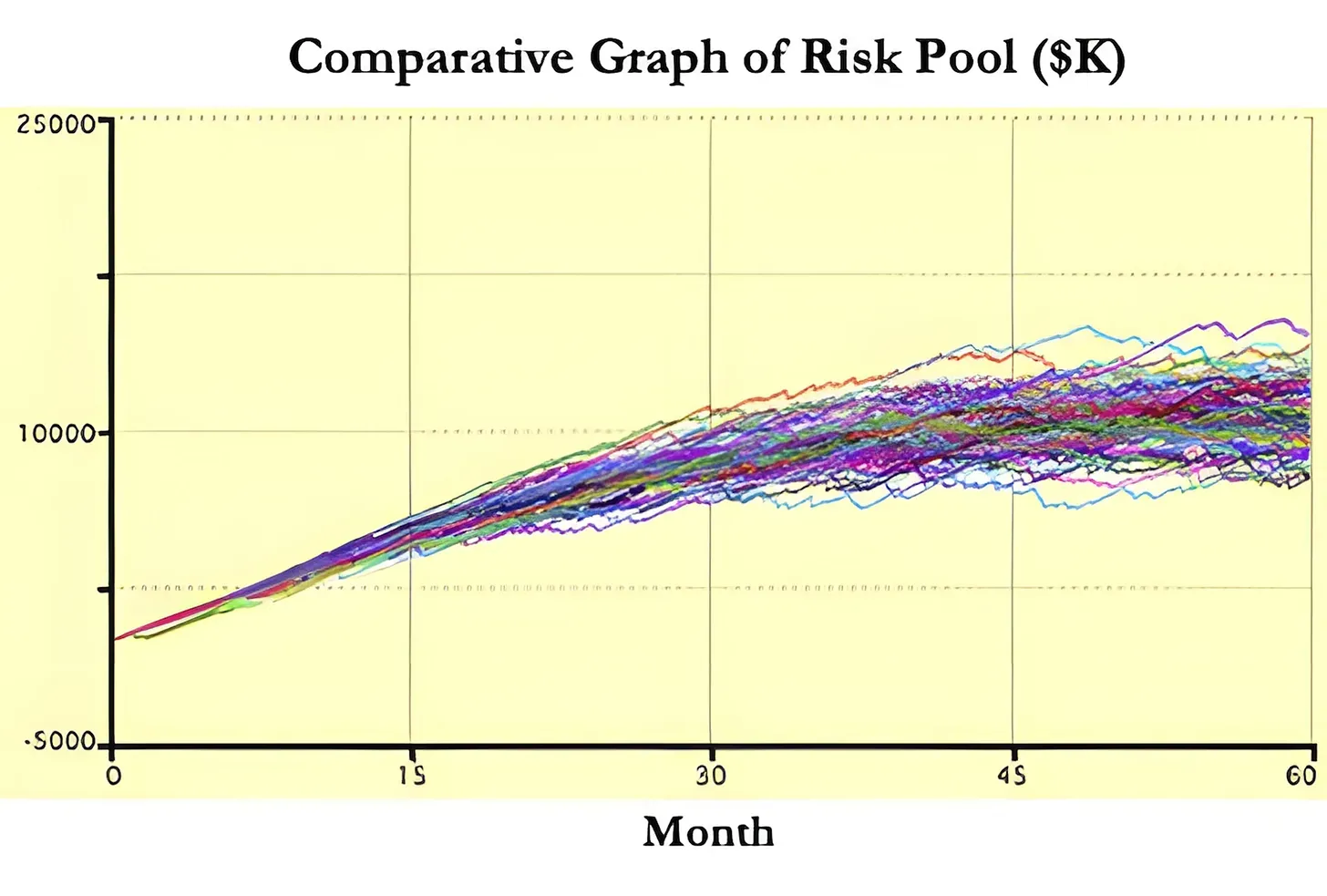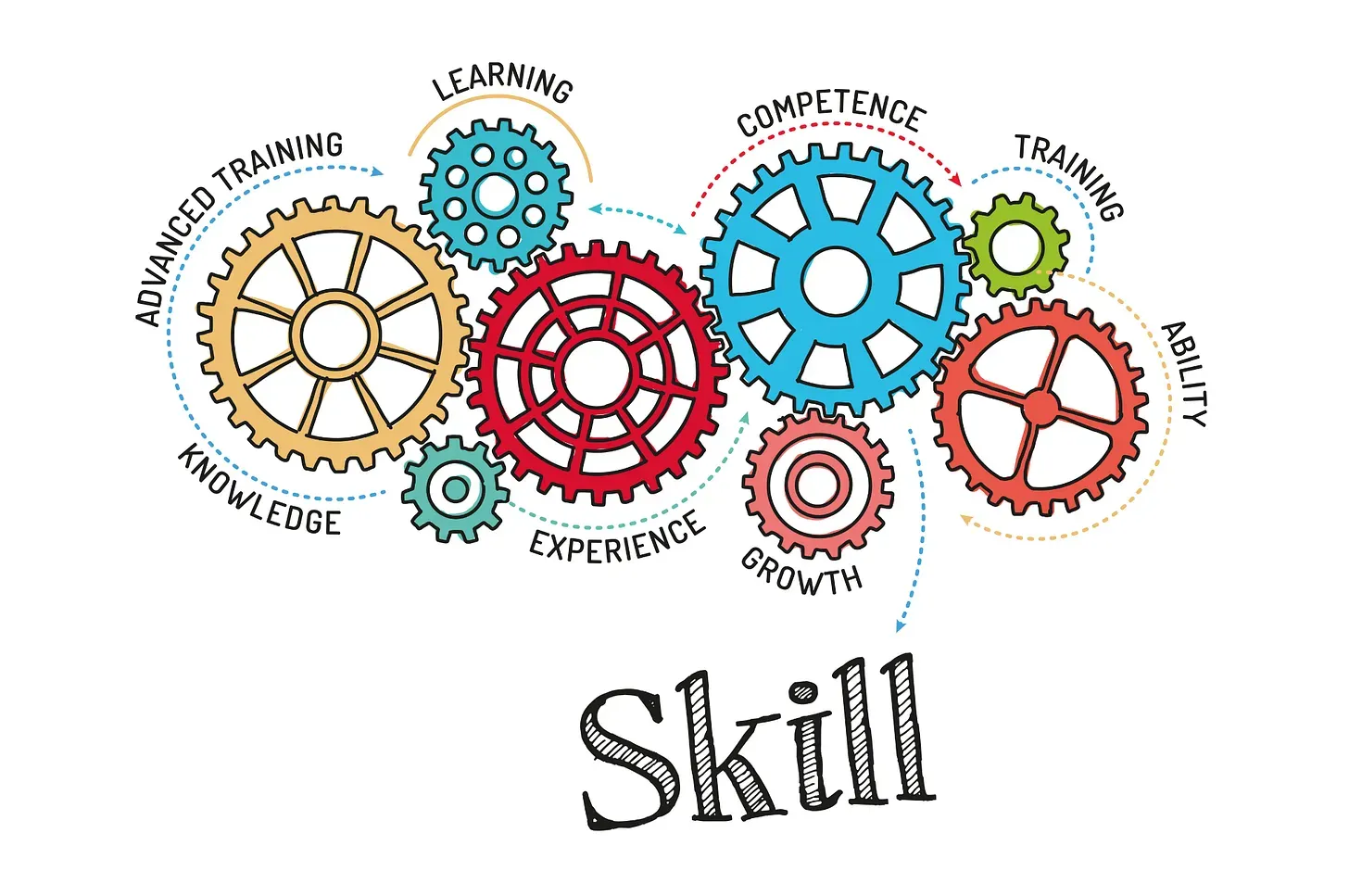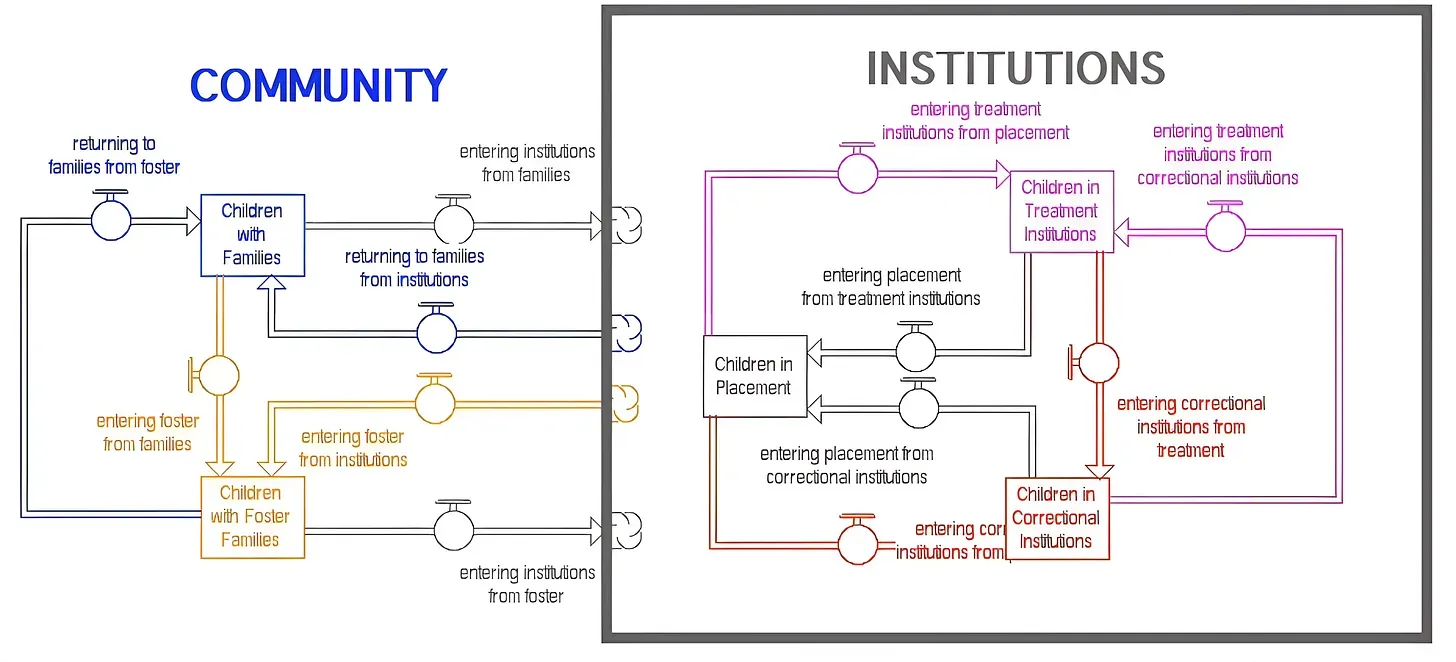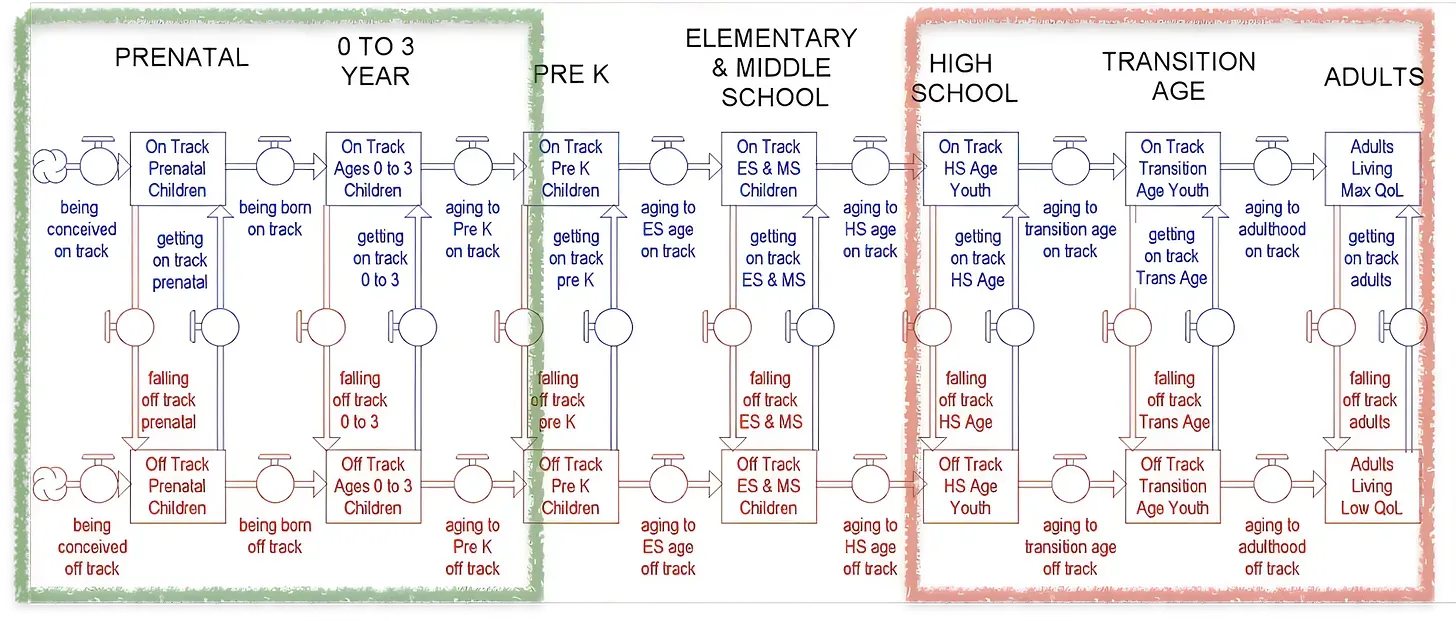Building Systemic Intelligence: How Deep Understanding Transformed Risk into Opportunity

“The framework, tools, and language of system dynamics should be accessible to all. Anyone can do this at some level, and everyone should try!” —Barry Richmond (developer of STELLA)
Picture a boardroom at a medical supply company, where executives are confronting a sobering financial reality. The manufacturers of their digital imaging systems – sophisticated machines that provide windows into the human body – are charging warranty fees that border on the astronomical. With equipment markups of 400% and warranty fees that rival the operating budget of a small research institution, the situation seemed untenable.
The executives faced a decision that would test their understanding of their own business system: Should they break away from the manufacturer's warranty protection and take control of their risk management?
The Strategic Challenge
Medical imaging equipment exists in a complex web of interconnections. Each machine serves multiple healthcare providers, who in turn serve countless patients. When a machine fails, it sends ripples through this entire system. While such failures are relatively rare, their impact cascades through the healthcare delivery network in ways that aren't immediately obvious.
The manufacturers understood this complexity – or at least its surface manifestation – and built their warranty pricing around it. But the executives wondered: Could a deeper understanding of their system reveal opportunities hidden beneath this surface-level analysis?
Building Systemic Intelligence
Rather than seeking a quick solution, the company made a pivotal decision: they would invest in building their capacity to understand complex systems. They engaged a system dynamics consultant who implemented what I consider the highest leverage approach possible: teaching the company's analytics team to see and understand the patterns and relationships that drove their business system.

The team learned to use STELLA, a simulation platform that allows organizations to map and understand complex system behavior. Think of it as a laboratory where you can explore how different parts of your business interact and influence each other over time. This wasn't just about predicting failures – it was about understanding the deep structure of their entire business ecosystem.

Mapping the System
The team began building what we might call a "system observatory" – a sophisticated way to understand how their equipment, customers, costs, and risks all interconnected. They looked beyond simple cause-and-effect relationships to understand the deeper patterns that governed their system's behavior.
They discovered that equipment failures weren't isolated events but part of larger patterns influenced by multiple factors: usage patterns, maintenance schedules, operator training, and even the healthcare facilities' operational rhythms. By mapping these interconnections, they began to see opportunities that remained invisible under traditional analysis.

The simulation modeling revealed something surprising: the manufacturers' warranty pricing reflected a simplistic understanding of risk that ignored the system's natural resilience and self-regulating patterns.
When Understanding Meets Reality
The analysis indicated a clear opportunity, but the real test came in implementation. Within the first month, two imaging systems failed – a convergence of events that would have shaken less systemic thinking.
This moment perfectly illustrates the difference between surface knowledge and deep systemic understanding. The analytics team maintained their composure, recognizing these failures not as isolated disasters but as expected variations in a well-understood system. Their confidence came not from statistical calculations but from a fundamental understanding of how their system behaved.
Their confidence proved well-founded. By year's end, the company had captured over a million dollars in savings. These gains continued to accumulate as their understanding of the system deepened year after year.
Essential Insights
-
Build Understanding, Not Just Solutions:
The decision to develop in-house system dynamics capabilities created a foundation for ongoing insights and improvements. The team didn't just solve one problem – they developed the ability to understand and solve future challenges.
-
Trust Deep Understanding:
When early events seemed to challenge their strategy, their systemic understanding provided the confidence to maintain course. They knew the difference between systemic patterns and surface-level fluctuations.
-
Evolve with the System:
The team's commitment to continuous learning ensured their understanding evolved as their business system changed and grew.
-
Share the Vision:
Complex systemic insights became actionable through careful visualization and communication, enabling effective decision-making at all organizational levels.

The Broader Perspective
This case transcends the immediate context of warranty cost reduction. It demonstrates how organizations can transform uncertainty from a source of anxiety into an opportunity for deeper understanding. System dynamics provides the framework for this transformation, enabling decisions based on genuine systemic intelligence rather than industry convention or surface-level analysis.
The million-dollar savings represent merely the quantifiable surface of a deeper change. The real achievement lies in developing an organization capable of seeing and understanding the complex systems that drive their business. This deeper vision reveals opportunities hidden from conventional analysis and builds confidence even in uncertain conditions.
This is the essence of high-leverage thinking in action – where systemic understanding, clear vision, and strategic insight converge to create lasting organizational value.













